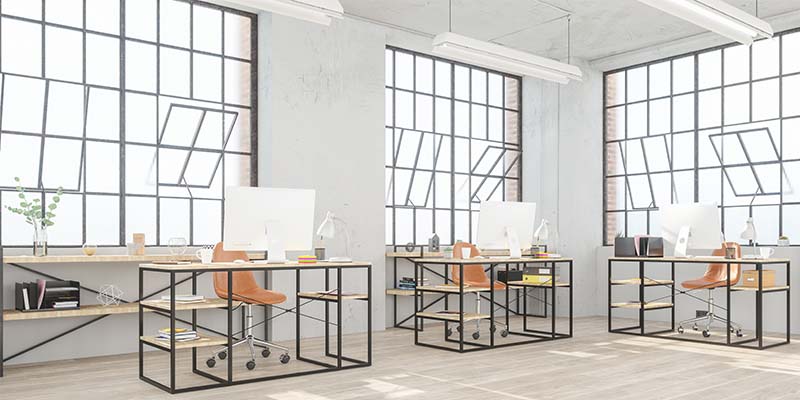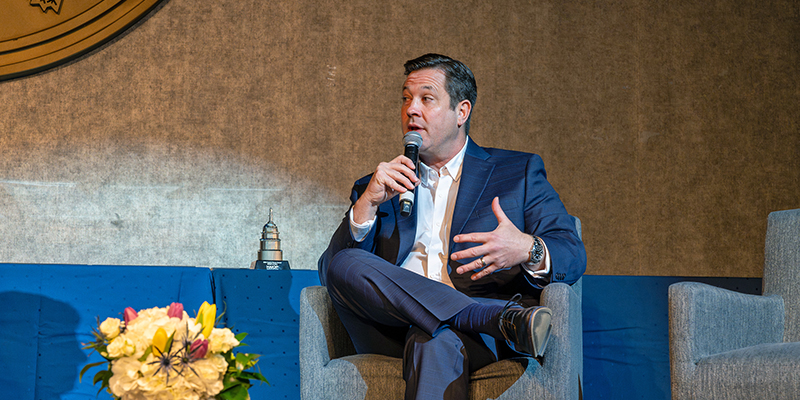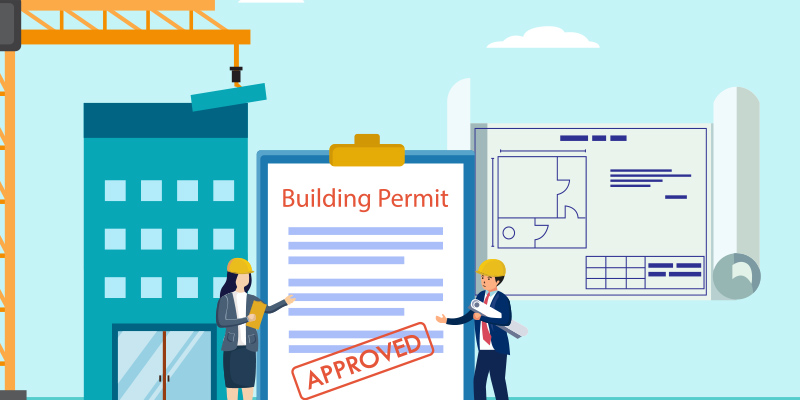At times like these, everyone involved in design, engineering and construction must wonder if it is time to change our thinking – or maybe hit the reset button. We have reason to do this after natural disasters of all kinds: the Louisiana floods in 2016, Hurricane Maria in 2017, the California wildfires in 2018, to name just a few.
An infectious disease outbreak on the scale of COVID-19 is its own kind of disaster. From a design and construction point of view, planning for something that has happened only once in 100 years in the United States has not been a front-burner issue, but maybe it should be now. As an industry, we need to explore ways to reduce infectious disease spread in buildings, decide how that effort takes shape and, of course, determine how owners and operators are incentivized to make changes.
COVID-19 is airborne, spread through coughs and sneezes and travelling easily across tight quarters. For all these reasons, many office workers feel anxious about returning to a physical space.
As architects and engineers, some firms, including ours, are beginning to re-think how to build commercial space to eliminate or reduce the spread of pathogens in the air and on surfaces. Indeed, we are moving our entire office headquarters’ staff into a new 44,000-square-foot space in New Jersey next month, and we have been looking at what can be done to make the space safer.
Here are some of the things we are exploring:
- Increasing space between people to allow for social distancing.
- Increasing outdoor air flow – Doing so “dilutes” the air, meaning more fresh air and less potentially contaminated air per person. This can be done by disabling demand-controlled ventilation and increasing minimum outdoor air damper positions.
- Air filtration – Using the higher-rated filters as ranked by the Minimum Efficiency Rating Value (MERV) system, which rates air filter efficiency. MERV 13 and above are commonly used in hospitals and other healthcare facilities. The filters will also be sealed to the filter rack for great efficiency in trapping particles and limiting bypass.
- Running systems more often or for longer hours – Circulating and filtering air more frequently helps increase the effectiveness of increased outdoor air rates and improved filtration; 24/7 would be optimal.
- Indoor air cleaners – Deploying portable room air cleaners with high-efficiency particulate air (HEPA) filters. As the name suggests, these devices filter 99.97% of particles over a certain size.
- Installing CASPR devices – Used in hospitals, Continuous Air and Surface Pathogen Reduction systems spray trace amounts of hydrogen peroxide into indoor air, killing 99.9% of pathogens in the air and on surfaces. Eight of these speaker-sized units were installed at Long Island MacArthur Airport in May.
- More easily cleaned surfaces – Using less fabric in design.
- Reducing touch points – We are fortunate to already have many ways to reduce the likelihood of a virus spreading, including automatic door operation, touchless faucets and flush valves, and sensor controls for lights.
- Using short-wave ultraviolet (UV) light – UV light has long been well known for either killing or deactivating bacteria, viruses, mold and other pathogens. In fact, in 1903, the Nobel Prize was awarded for the treatment of tuberculosis of the skin using UV light.
In buildings today, short-wave, more intense UV light is used for Ultraviolet Germicidal Irradiation (UVGI) in high-room (9-feet or higher) lighting applications in mechanical units and heating ducts to kill pathogens without damage to person’s skin or eyes. An eight-year study of 14 homeless shelters published by the National Center for Biotechnology Information concluded that UVGI is safe and effective for buildings.
- Utilizing lower-wave UV light – Not hazardous to eyes and skin, lower-wave UV light can also be effective and is available in many forms:
- Gates and portals – Much like the X-ray booths at airport security, manufacturers are offering gates and portals that use UV light to deactivate a high percentage (over 90%) of pathogens on people and clothing.
- Troffers – Troffers are the rectangular fixtures in dropped ceilings that hold fluorescent lights, as well as, more recently, LED lights. A unit that uses both UV light and HEPA filters to trap and inactivate pathogens including viruses can be newly installed or retrofitted into troffers to help stop the spread of disease.
To borrow from the saying, “change tends to be evolutionary, not revolutionary,” we are suggesting that the spread-resistant building is an aspiration – just like fire safety, net zero and hurricane proofing. Short-term, simple fixes in office air quality, lighting and touch points could help prevent another wave. Longer-term, we believe that the goal of spread-resistance should move closer to the front of the line in our initial design and construction consideration set.














